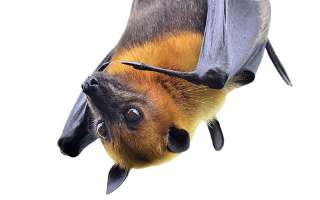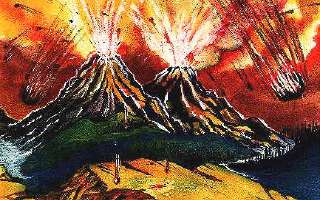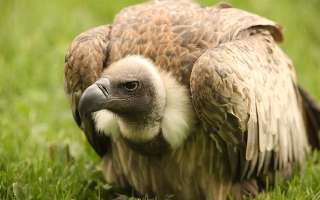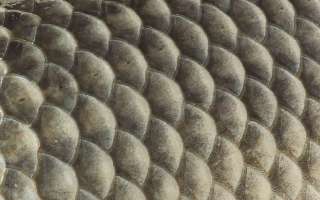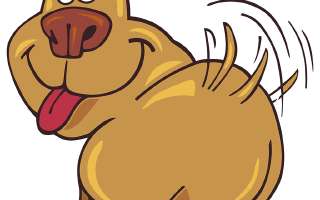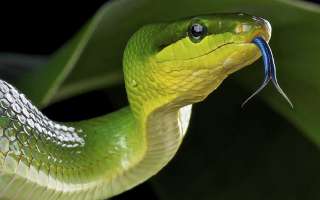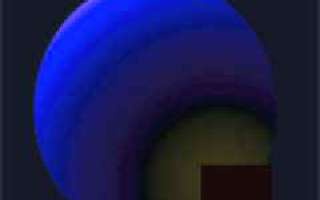This section is focused on our earth! Find out planet secrets, from rainforests to sea turtles. Be a science sleuth and track our planet earth — oceans, mountains, places, nature, global warming, pollution, the natural world and much more. Amazing facts and unusual behaviour of reptiles, insects, animals, birds, rainforests… Come in and join our Earth Science for Kids club.
113 items in this section. Displaying page 8 of 12
Looking at the World Upside Down
Have you seen trapeze artists hanging upside down from bars in a circus? They do it with great concentration. Bats also hang upside down from cave walls or tree branches. And they do not need to put in any effort to do so. For they hang upside down only when they are resting. They use their legs to hold on to some cracks or crevices on walls or branches of trees. This way, their stretched muscles take the entire weight of the body....
Amazing Facts About Water
The Little things that count… A fraction of 1 per cent of drinkable tap water is actually drunk. It takes half a gallon of water to cook a pot of rice, and a gallon to wash the pot. You need 100 drops of water to fill a teaspoon. Amazing Facts The biggest domestic water consumer is the toilet — 2.2 gallons for every flush. Around 32 per cent of our drinking water is flushed down the toilet....
The Hot and Sizzling Volcano
Despite being the subject of considerable scientific study, Volcanoes continue to remain both dramatic and unpredictable. In 1991 Mount Pinatubo, 100 km north of the Philippines capital Manila, suddenly burst into life after lying dormant for more than six centuries. Most of the world’s active volcanoes occur in a belt around the Pacific Ocean, on the edge of the Pacific plate called the Ring of Fire. Indonesia has the greatest concentration with 90 volcanoes, 12 of which are active....
The Vultures are Dying
What’s all this hullabaloo about ‘making connections’? You must wonder why Gobar Times harps on ‘making connections’. Another favourite mantra is – ‘be informed’. Such boring stuff, isn’t it? No tree-plantings, painting competitions, ‘queez’. No ‘Save the cuddly leopards’. Instead, we’re asking you to spare a thought for the bald, wrinkled, smelly vulture. The vultures of Keoladeo National Park in Bharatpur, till recently, numbered 2000. Now there are just four. Did I hear someone mutter, “Good riddance”?...
Why do Dogs and Cats Eat Grass?
Cats and dogs sometimes eat grass or leaves. Have you ever wondered why these non-vegetarians should be interested in vegetarian food? A dog eating grass It has been found that dogs and cats use certain kinds of grass and leaves as medicine. So, if you find your pet cat is nibbling grass, it might be ill. But, not always. It is possible that the cat has discovered some deficiency in its body....
Scales for Safety
When you go swimming in the river, you are told to be careful about the rocks, as you may bruise yourself if you hit against them. But, fish swim in the water all the time. Through cracks and crevices in rocks inside the water, and between the branches of thorny water plants. They do not get bruised so easily. And its not because their parents had given them sound advice. They don’t have to. They know the little fish are safe....
Whose River?
Whose River? This is a true story. Villages around the famous tiger reserve of Sariska in Rajasthan, had always faced droughts and water shortages. So the villagers, along with an NGO, decided to build small check dams called johads to trap rainwater. The men and women of all the villages gave voluntary labour and even contributed their own money to build the johads. The water table slowly began to rise. Forests began growing again....
Tail Language
When you pat your pet dog, he wags his tail. That is his way of saying that he loves you. And, if you pay attention, you will see that he uses his tail to say so many things. Every movement of the tail means a different thing. If the dog is wagging its tail, it is a sign of friendliness, if his tail is straight, it means he is getting ready for a fight and if his tail is tucked behind his legs, it means he is giving up the fight....
Smelling Food with the Tongue
Snakes are smart. They move fast and without sound. And they know how to protect themselves against enemies by looking as if they are part of forest growth. And they do it so well that someone may just step over them thinking they are logs or the stem of a plant. That’s when they bite. It is surprising then, to know that these reptiles do not have a powerful vision. They can see you move if you are close by, but not if you are standing at a distance....
The Dark Kingdom of Uranus
Named after the father of the Titans in Greek mythology, Uranus is the seventh planet in the solar system. It was first observed through a telescope by Sir William Herschel on March 13, 1781. Although Herschel wished to call the newly discovered planet Georgium Sidus (Georgian Star) for King George III of England, Johann Bode’s proposal of the name Uranus gained more acceptance over the years and finally became universal in the mid-19th century. The Uranian realm is a dark kingdom, so remote from the sun that daylight there approximates a total solar eclipse on Earth....
